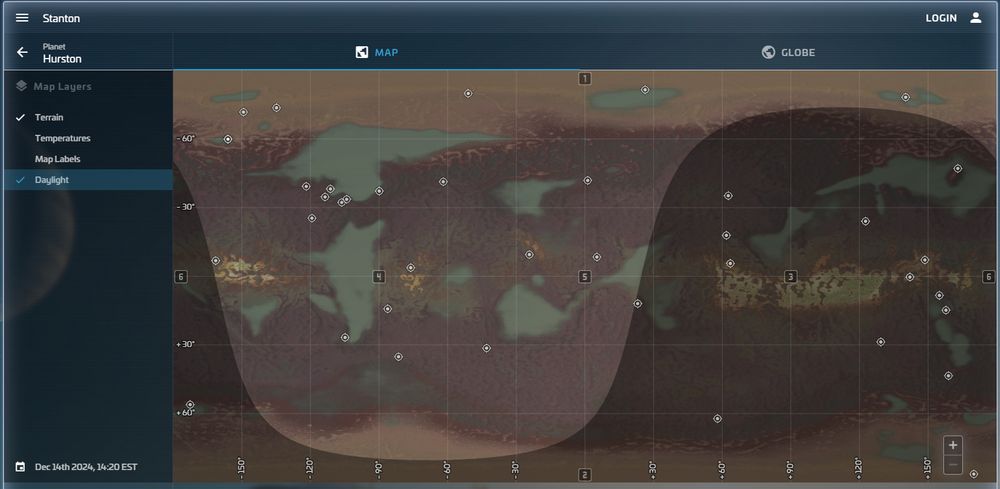🔵 Star Citizen’s Psychotic Salesman.
🔵 YouTube.com/@ftbrd


In this scene, I addressed this by opening up each characters stance so they're not directly facing each other. This works well contextually because they're talking about the Starlancer in front of them. This gives me just enough room to squeeze the camera in an okay spot.
In this scene, I addressed this by opening up each characters stance so they're not directly facing each other. This works well contextually because they're talking about the Starlancer in front of them. This gives me just enough room to squeeze the camera in an okay spot.
If something stands between my character and the camera, it will often force the camera forward ruining the composition. This becomes problematic when shooting over the shoulder of another character. I usually have to make some compositional sacrifices to make it work.
If something stands between my character and the camera, it will often force the camera forward ruining the composition. This becomes problematic when shooting over the shoulder of another character. I usually have to make some compositional sacrifices to make it work.
In other scenes, we have added light in using headlamps or ship lights when needed, but they're often tough to work with. They're not designed to be "soft," so you have to use them sparingly or from a very far distance to reduce the harshness.
In other scenes, we have added light in using headlamps or ship lights when needed, but they're often tough to work with. They're not designed to be "soft," so you have to use them sparingly or from a very far distance to reduce the harshness.
In this case, the sunlight is behind us and off-axis about 20-30ish degrees to the right (relative to the camera angle that faces the front of both characters).
The lighting is by no means perfect, but it allows us to benefit efficiently across multiple camera angles.

In this case, the sunlight is behind us and off-axis about 20-30ish degrees to the right (relative to the camera angle that faces the front of both characters).
The lighting is by no means perfect, but it allows us to benefit efficiently across multiple camera angles.
With that fundamental in mind, you can angle your compositions in a way that works with the lighting that exists in-game.
- I often position the sunlight off-axis relative to the camera as much as possible. Whether this is behind the characters, or in front.

With that fundamental in mind, you can angle your compositions in a way that works with the lighting that exists in-game.
- I often position the sunlight off-axis relative to the camera as much as possible. Whether this is behind the characters, or in front.
3-Point lighting is a great foundation to follow, but not a hard and fast rule.

3-Point lighting is a great foundation to follow, but not a hard and fast rule.
And in the case of this scene, it's much more visually pleasing to have the characters standing shoulder-to-shoulder anyways to create some balance in the frame.
And in the case of this scene, it's much more visually pleasing to have the characters standing shoulder-to-shoulder anyways to create some balance in the frame.
A 30 second - 1 minute dialogue scene can often take 30-45 minutes to shoot. We'll run the dialogue from start to finish from each angle (often with multiple takes of each angle). This gives plenty of coverage for editing and matching character movements between cuts.
A 30 second - 1 minute dialogue scene can often take 30-45 minutes to shoot. We'll run the dialogue from start to finish from each angle (often with multiple takes of each angle). This gives plenty of coverage for editing and matching character movements between cuts.
- Follow the 180 degree rule. As with most artistic things, "learn the rules to break the rules," but this one is quite steadfast in creating spatial awareness for your audience during dialogue.
Crossing the "line of action" can sometimes be confusing without context.

- Follow the 180 degree rule. As with most artistic things, "learn the rules to break the rules," but this one is quite steadfast in creating spatial awareness for your audience during dialogue.
Crossing the "line of action" can sometimes be confusing without context.
- Wide establishing shot to connect the audience to the scene.
- Master two-shot with both characters in frame.
- Over-the-shoulder of each character.
- Wide establishing shot to connect the audience to the scene.
- Master two-shot with both characters in frame.
- Over-the-shoulder of each character.

